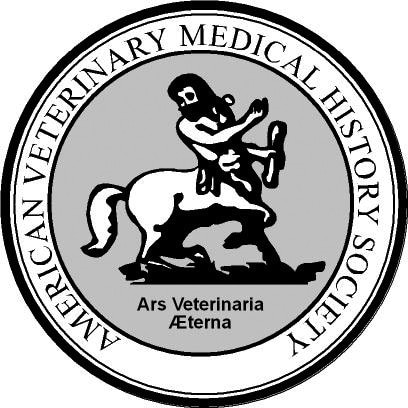This post is an excerpt from a paper that was previously published in the AASLH Nomenclature Community, “Adopting a Classification System for Collections of Human-Made Objects.”
Museums that are using an older version of Nomenclature (such as Revised Nomenclature), or that are using the Parks Canada Classification System and want to switch to Nomenclature 3.0 may be in for a substantial amount of work, depending on the number of items they have catalogued. Museums will need to assess the work required and make sure it is feasible before deciding to upgrade. It is better to be consistently using an older classification system, than to be stuck part of the way through a conversion, and struggling with inconsistencies.
For users of Revised Nomenclature that use commercial software packages that offer support for “automatic” data conversion from Revised Nomenclature to Nomenclature 3.0:
- After an automatic conversion, museums will need to clean pre-existing data.
- Review local terms that have been added, to see if they are now included in Nomenclature 3.0, and if not, decide where to organize them in the new structure.
- Review terms in the museum records – a better or more specific term from Nomenclature 3.0 may now apply.
For users of Revised Nomenclature or Parks Canada Classification System, that wish to change to Nomenclature 3.0 without commercial software support:
- Museums will need to look up every term they have used in their old system, to find out how it is handled in Nomenclature 3.0, and update the term and its hierarchical position accordingly. Some terms may have changed spelling or may have been removed, and many will have been moved within the hierarchy.
- Museums will also need to review all the local terms that they have added to their lexicon, to determine if they are covered in Nomenclature 3.0. If they are covered, the museum’s data must be changed to Nomenclature 3.0 terminology. If they are not covered, the museum must determine how best to organize them within the new hierarchical structure of Nomenclature 3.0.




